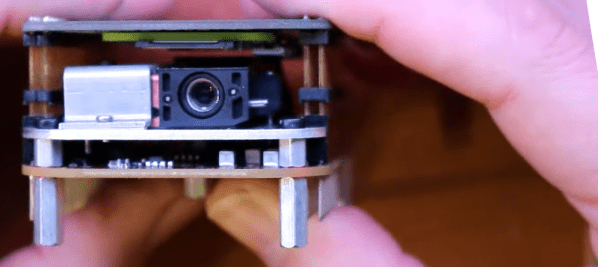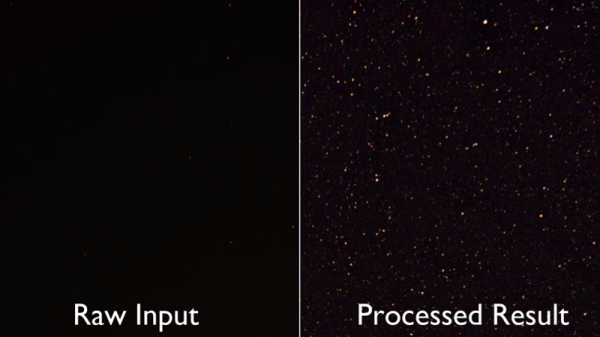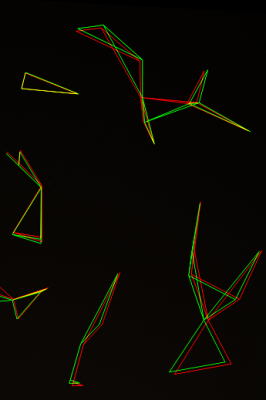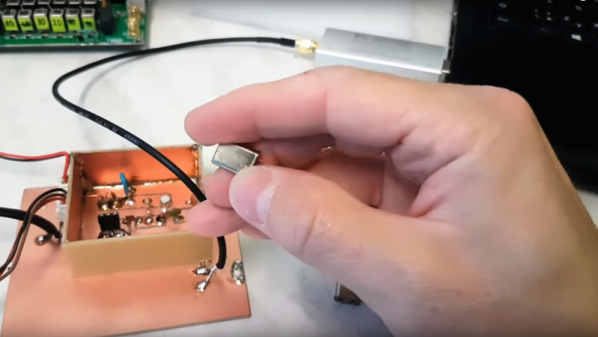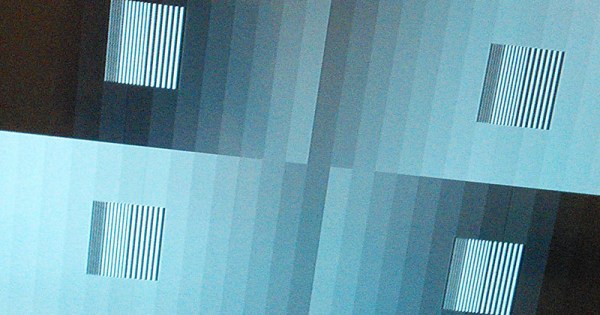It’s nearly summer, and that means we’re right at the start of conference season, at least for the tech and netsec crowd. Conferences, if you’re not aware, are a conspiracy for the hotel-industrial complex and a terrible way to spend thousands of dollars on a crappy hotel room and twenty-five dollar hamburgers.
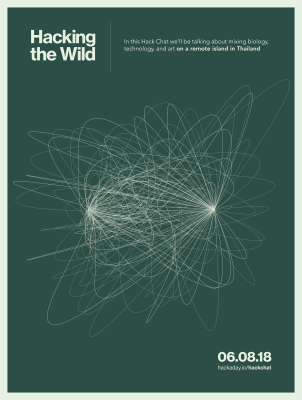 [Andrew Quitmeyer] is working on an experimental academic conference that might just put an end to the horrors of conference season. He’s creating his own conference called Dinacon, and it’s going to be cheaper to attend, even though it’s on a tropical island in the Pacific.
[Andrew Quitmeyer] is working on an experimental academic conference that might just put an end to the horrors of conference season. He’s creating his own conference called Dinacon, and it’s going to be cheaper to attend, even though it’s on a tropical island in the Pacific.
For this week’s Hack Chat, we’re going to be talking with [Andrew] about Dinacon, a free, two-month-long conference with over 140 attendees from every continent except Antarctica. [Andrew]’s research is in ‘digital naturalism’ at the National University of Singapore and blends biological fieldwork with DIY crafting. The focus of this conference will be workshops where participants build technology in the wild meant to interact with nature.
Not only is the intersection of DIY electronics interesting to the Hackaday community, this is also an interesting conference from a logistical standpoint. The conference philosophy spells it out pretty clearly, with the main takeaway being that [Andrew] is self-funding this conference himself. It’s only going to take about $10,000 USD to host this conference (!), and there are even a few travel stipends to go around. This is also a two-month-long conference. I assure you, after dealing with Supercons, Hackaday meetups, and all the other events Hackaday puts on, this is exceptionally interesting. It’s unheard of, even.
For this week’s Hack Chat, we’re going to be discussing:
- What is digital Naturalism?
- What does DIY electronics look like in the forest?
- What did you learn from Hacking The Wild?
- What kind of things do people make at Dinacon?
- What is the biggest bug that ever got into one of your electronics experiments?
You are, of course, encouraged to add your own questions to the discussion. You can do that by leaving a comment on the Hack Chat Event Page and we’ll put that in the queue for the Hack Chat discussion.
Our Hack Chats are live community events on the Hackaday.io Hack Chat group messaging. This week is just like any other, and we’ll be gathering ’round our video terminals at noon, Pacific, on Friday, June 8th. Here’s a clock counting down the time until the Hack Chat starts.
Click that speech bubble to the right, and you’ll be taken directly to the Hack Chat group on Hackaday.io.
You don’t have to wait until Friday; join whenever you want and you can see what the community is talking about.

